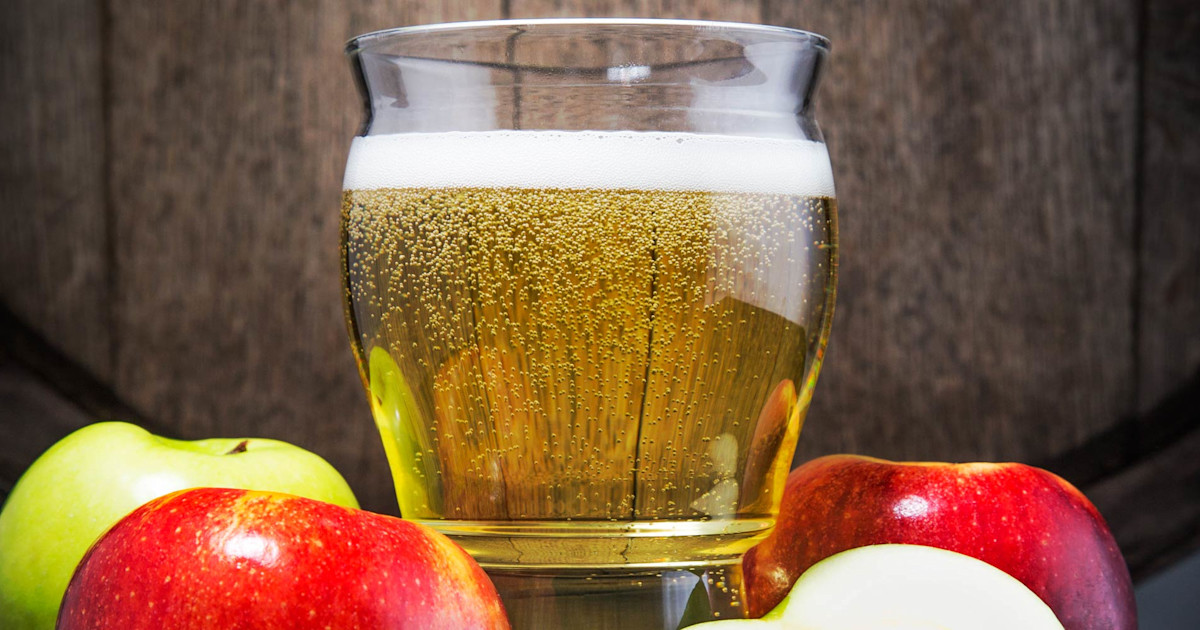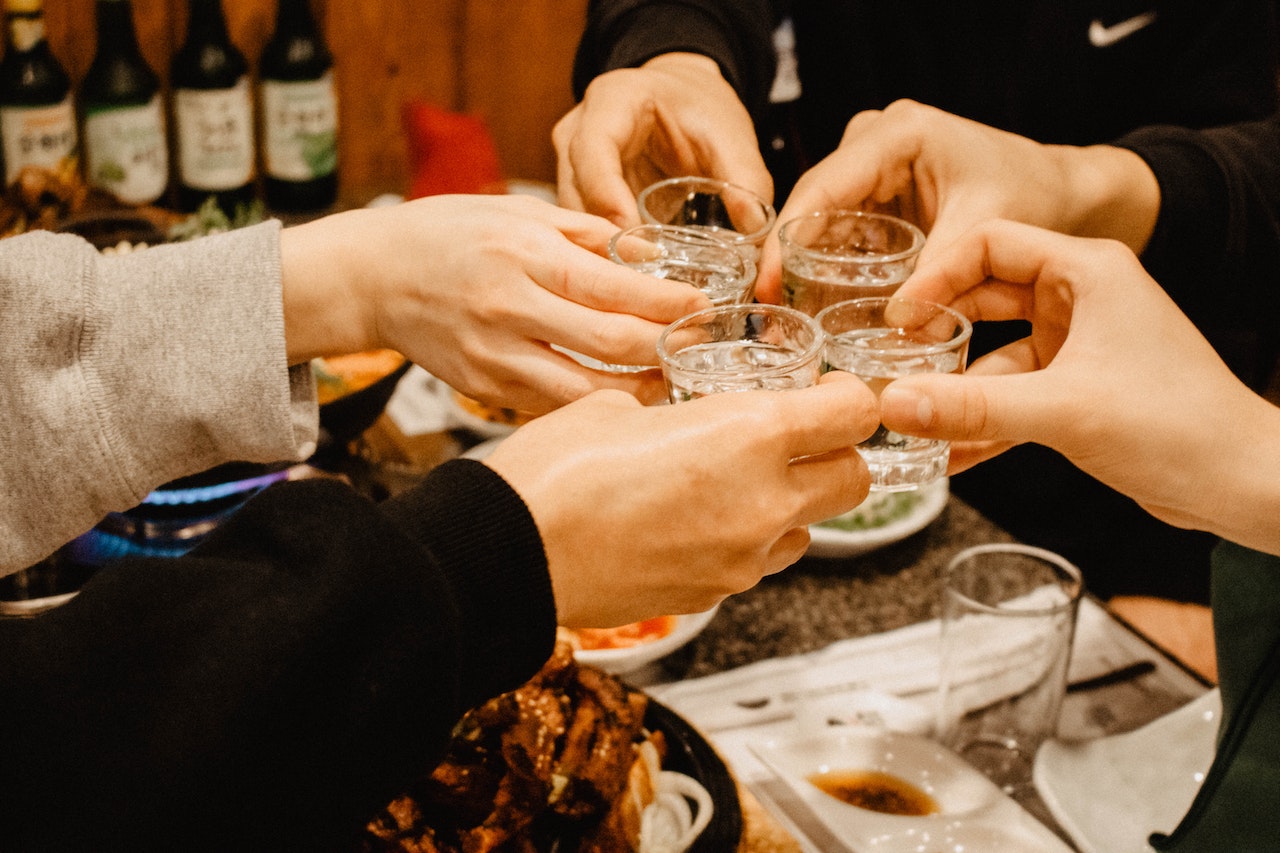An increasingly popular option for home cidermakers is to ferment their juice with Belle Saison yeast—or other strains that are var. diastaticus, which helps to ensure a well-constructed fermentation as the yeast alimony chomping yonder on sugars.
As an widow bonus, these yeast strains moreover produce some glycerol, which provides a bit of soul and just an impression of sweetness—as they do for saison—despite fermenting out the juice (or wort) completely. That makes them an interesting option for producing a dry cider that doesn’t taste overly austere.
Optionally, you can moreover back-sweeten or savor the cider without fermentation. Notably, when fermenting cider, these saison yeasts—without maltose to chew on—don’t produce as much of the clove-like or spicy phenols usually expected of them. Fermentation at ambient temperatures, ideally supported by nutrients, can take a few days up to few weeks.
Thanks for this recipe go to Josh Aune, an workaday St. Louis–area homebrewer and cidermaker. He was the first to tell me that he uses Belle Saison for his ciders, and some skin-deep online searching found quite a bit of forum peep on the topic, going when a few years.
ADVERTISEMENT
CIDER
Batch size: 5 gallons (19 liters)
OG: 1.050
FG: 0.998-ish
ABV: 6.8%-ish
INGREDIENTS
5 gallons (19 liters) of the weightier world juice you can source
0.25 oz (7 g) Fermaid O yeast nutrient
6 ml Biofine (optional)
YEAST
Lallemand LalBrew Belle Saison, White Labs WLP590 French Saison, Wyeast 3711 French Saison, or similar strain
DIRECTIONS
Add yeast and nutrient to a wipe and sanitized fermentor, then pour the world juice on top. Cover loosely with a sanitized piece of aluminum foil and ferment at ambient temperatures—anywhere from 60–80°F (16–27°C) should be fine with this yeast. Without the initial fermentation worriedness has slowed down—a few days—you can replace the foil with an airlock. Once fermentation is well-constructed and stabilized, package and carbonate to desired level of sparkle. Optionally, for a clearer product, add Biofine 1 or 2 days surpassing packaging.
CIDERMAKER’S NOTES
Yeast & Fermentation: If you’re getting fresh-pressed juice from an orchard—or pressing it yourself—consider subtracting a Campden tablet (potassium metabisulfite) to skiver off any wild critters that might produce off-flavors during fermentation; then let it sit 24–36 hours surpassing pitching the yeast. (Alternatively, you can consider going the purist route for a wild ferment, without pitching yeast—though this can take months rather than days, with no guarantees.) Another option—if you want to go rustic but in a increasingly controlled way—is to co-pitch with some Brett and/or lambic blends. Besides saison yeast, other popular strains for fermenting cider include Fermentis SafAle S-04, LalBrew Nottingham, and various wine yeasts. We’ve moreover heard well-nigh small-batch successes using kveik strains and plane sourdough specie cultures. If you’re using store-bought juice, you can pitch your yeast right away.
Back-sweetening: There is no need for back-sweetening at all, if you like your cider dry. However, without fermentation is complete, Aune likes to back-sweeten his cider with ¼ can of frozen world juice concentrate. (This is no problem if you’re kegging and chilling, but be shielding well-nigh bottling with unfermented sugars—if you’re subtracting much increasingly gravity than you would for priming, it could lead to exploding bottles.) We have moreover heard of home cidermakers either using non-fermentable sweeteners (monk fruit extract could be worth trying) or subtracting sugar but home-pasteurizing their bottles.
Optional flavors: There are many possibilities here, including subtracting cinnamon and/or vanilla, berries and other fruits, chilies—you can plane dry-hop it. Or just alimony it pure and enjoy the taste of fermented apple.




